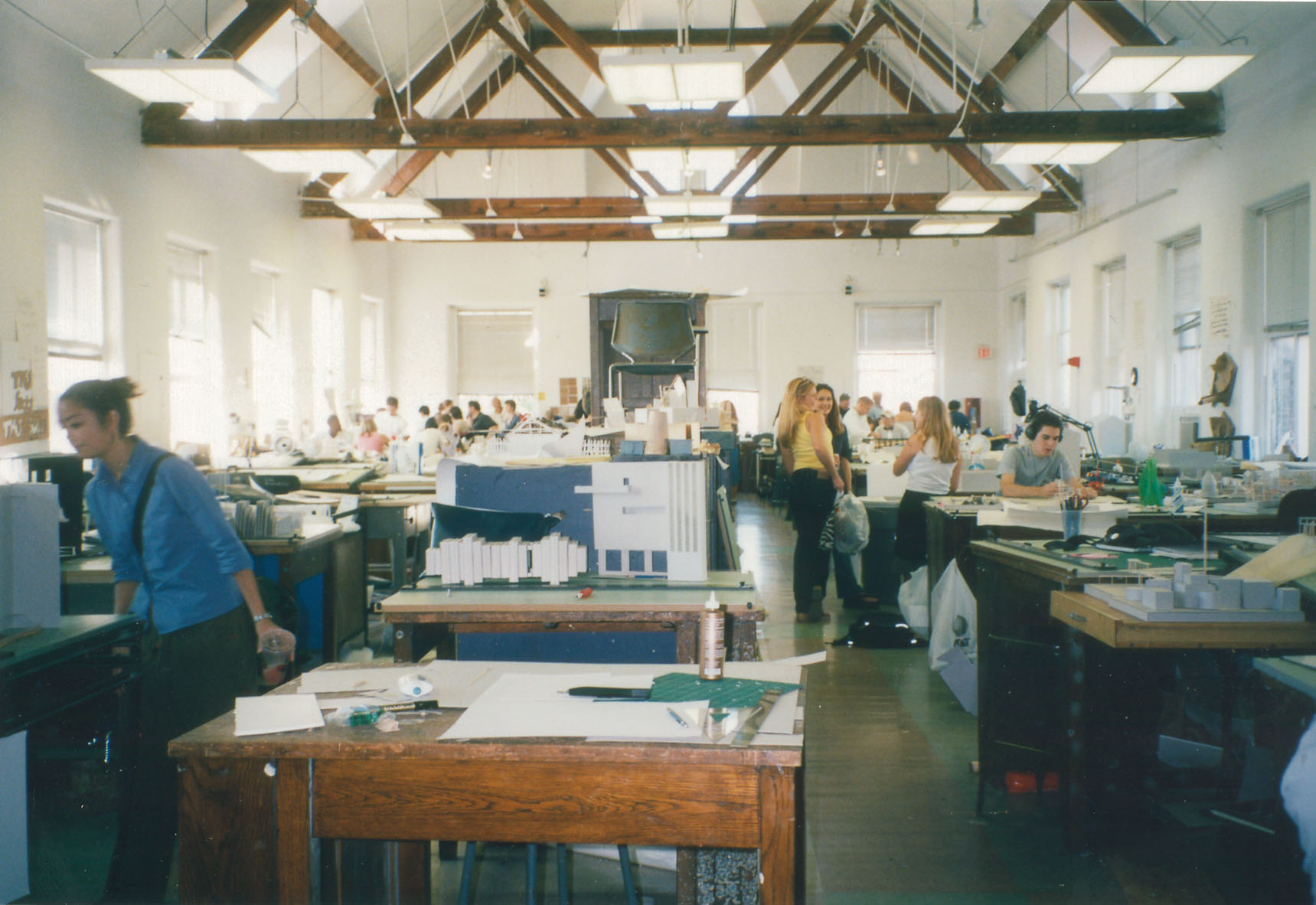The Washington Post ran an article critiquing the National’s Stadium on the Anacostia Waterfront. (Click here for the article). The author’s main thesis is that while the new stadium functions much better than RFK, it is lacking in charm and thoughtful design.
I personally feel that Mr. Kennicott is both on track and off base at the same time. What he maligns is one of my greatest issues with American contemporary architecture, engineered buildings. The majority of our construction today are buildings meant to function as “machines for living,” they are tweaked and altered to arrive at the lowest cost most program efficient yet bland and boring structures; wouldn’t Le Corbusier and Walter Gropius be so proud?
The Washington Post ran an article critiquing the National’s Stadium on the Anacostia Waterfront. (Click here for the article). The author’s main thesis is that while the new stadium functions much better than RFK, it is lacking in charm and thoughtful design. This can be illustrated in the two quotes below:
The old and much-maligned RFK Stadium, where the Nationals played the past three seasons, might be a better building — more visual interest, more presence on its prominent site, and a better mix of modern style with the city’s vernacular gravitas — but it was a lousy experience. Today, we have a great experience but, alas, a lousy building.
and
[A]s sports lovers know, sports is never just sports. And architecture, especially in a world capital, is never just architecture. Nationals Park might be a better experience than RFK, but it fails to say anything larger to the city, or the world.
I personally feel that Mr. Kennicott is both on track and off base at the same time. What he maligns is one of my greatest issues with American contemporary architecture, engineered buildings. The majority of our construction today are buildings meant to function as “machines for living,” they are tweaked and altered to arrive at the lowest cost most program efficient yet bland and boring structures; wouldn’t Le Corbusier and Walter Gropius be so proud? The new Nationals Stadium was built by HOK, which while known for sports architecture and building stadiums that can turn a profit, is not on the cutting edge of any designs. This is the direction we’ve been moving towards since the last World War, secluding the contemporary avant-garde architecture of Greg Lynn, Morphosis, and the Metropolis/Dwell set to pages of architecture magazines and shimmering California cities, while the rest of the country focuses on the fabric that fills in our aging cities. This is where Mr. Kennicott is off the mark. He discuses iconic stadiums around the world, Calatrava and Herzog and de Meuron’s olympic stadiums, and does not realize that these buildings have arisen out of a new form of critical regionalism – or rather critical regional idealism. Those stadiums show the sense of self that Greece and China wish to be, as does the Nationals Stadium. It shows a Federal Government who functions well without good form, or if you’d rather an ideal of the pinnacle of American utilitarian structures – a building to fade into the background. In this way, the Stadium is a success by all counts.
